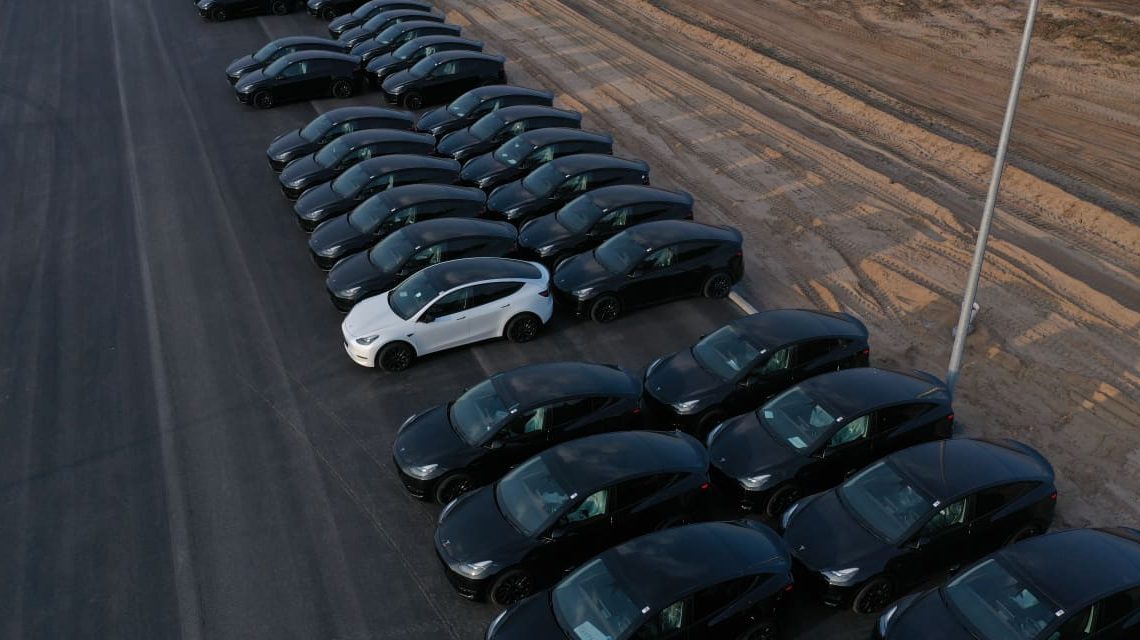Tesla
bulls and bears can debate almost anything from the quality of quarterly earnings to the qualities of CEO Elon Musk. Whether an analyst or investor likes
Tesla
stock, however, boils down to numbers.
Take the Sell recommendation from HSBC analyst Michael Tyndall. He launched coverage of the shares in a Wednesday evening report. His bearish take and $146 price target helped send Tesla (ticker: TSLA) stock down 5.2% while the
S&P 500
and
Nasdaq Composite
fell 0.8% and 0.9%, respectively.
The coverage initiation report runs to 110 pages and is as informative and well thought out as most Wall Street reports. In all those pages, one number is key: 13%.
That’s Tyndall’s projected average annual growth rate for sales in Tesla’s car business between 2023 and 2030. In 2023, Tesla is expected to sell about 1.8 million cars for an average price of about $45,000 each. In 2030, Tyndall’s numbers are 5.8 million and $32,000, respectively.
Canaccord analyst George Gianarikas is a Tesla Bull. He rates shares Buy and has a $267 price target. He projects closer to 20% average annual sales growth. By 2030, he projects about 6.6 million cars sold with an average vehicle price in the range of $45,000.
That 7 percentage point difference between the two analysts really adds up. It’s the difference between a $190 billion car business and a $300 billion car business by 2030.
Future Fund Active ETF
(FFND) co-founder Gary Black is more than Gianarkias. He projects 10.2 million units sold in 2030 at an average price of about $47,000. That’s about 29% average annual growth for the coming seven years, ending with a $480 billion car business at the end of the decade.
To some extent, these examples illustrate why valuing growth stocks is so hard. The difference between 15% and 25% average annual growth stretched out over a few years is hard to fathom. Over seven years, growing at the higher rate essentially results in a company twice as large.
The same calculation for a company growing either 3% or 5% a year, which is the same percentage difference between 15% and 25%, results in a company that’s about 15% bigger.
Figuring out growth stocks is hard.
That’s why it’s useful for investors to take a step back once in a while and focus on something simple. If an investor believes Tesla will sell 5 million cars in 2030 they probably aren’t going to like the stock very much. At seven million they are comfortable with where the stock trades today. At 10 million they love shares.
Tesla stock was down 1.5% in premarket trading Friday. S&P 500 and Nasdaq Composite futures were off 0.1% and 0.3%, respectively.
Write to Al Root at [email protected]
Read the full article here









